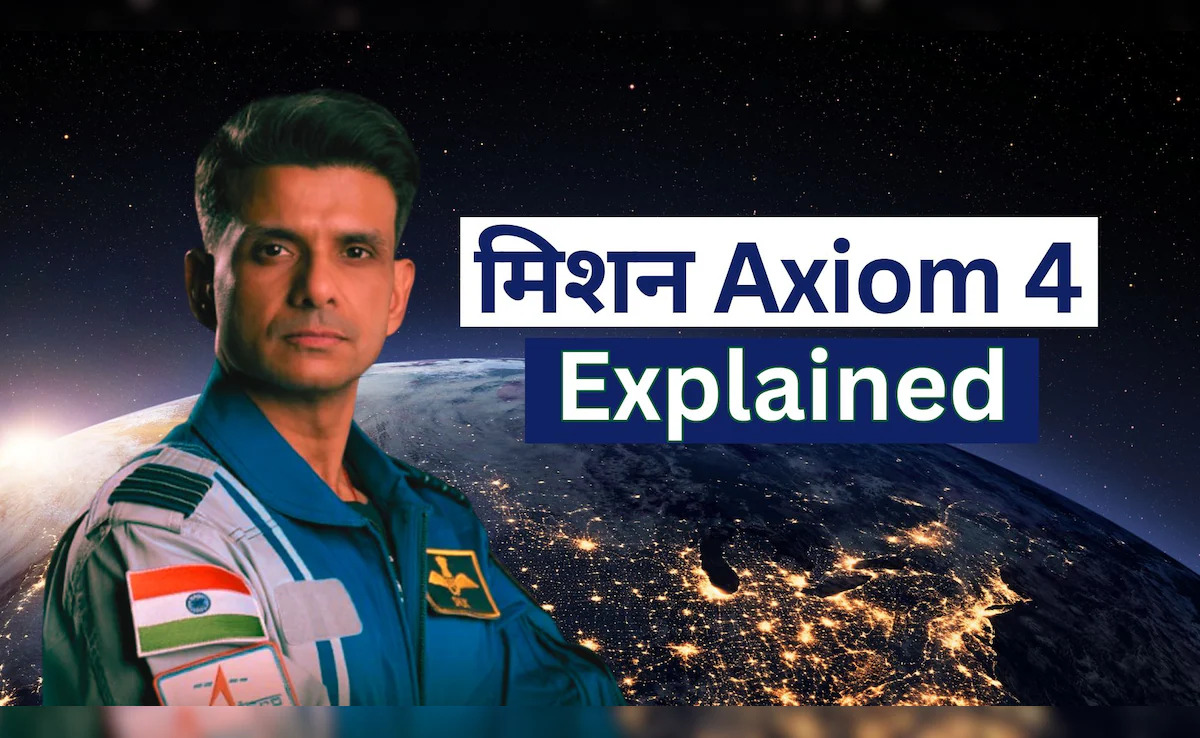By – Prakarsh Kastwar
Indian Air Force Group Captain Shubhanshu Shukla has made history as part of the Axiom-4 mission, arriving aboard the International Space Station (ISS) on Thursday, June 26. Flying under the banner of private space company Axiom Space, the mission is significant not only for global space science but also for India’s ambitions in human spaceflight — particularly the upcoming Gaganyaan mission.
So, what is Shubhanshu’s role on the ISS? What experiments will he undertake over his two-week stay? And how might his mission influence India’s space exploration programs? Let’s explore.
Shubhanshu Shukla’s Role on Axiom-4
Shubhanshu Shukla serves as the pilot on the Axiom-4 mission, a critical position that made him second-in-command after mission commander Peggy Whitson. Shukla’s responsibilities included assisting in navigating the Crew Dragon capsule to the ISS and ensuring the safe docking and arrival of his crew.
Upon the crew’s return, he will once again play a vital role in piloting the spacecraft back to Earth. Should any emergency arise during re-entry, Shubhanshu is responsible for controlling the spacecraft and executing emergency procedures.
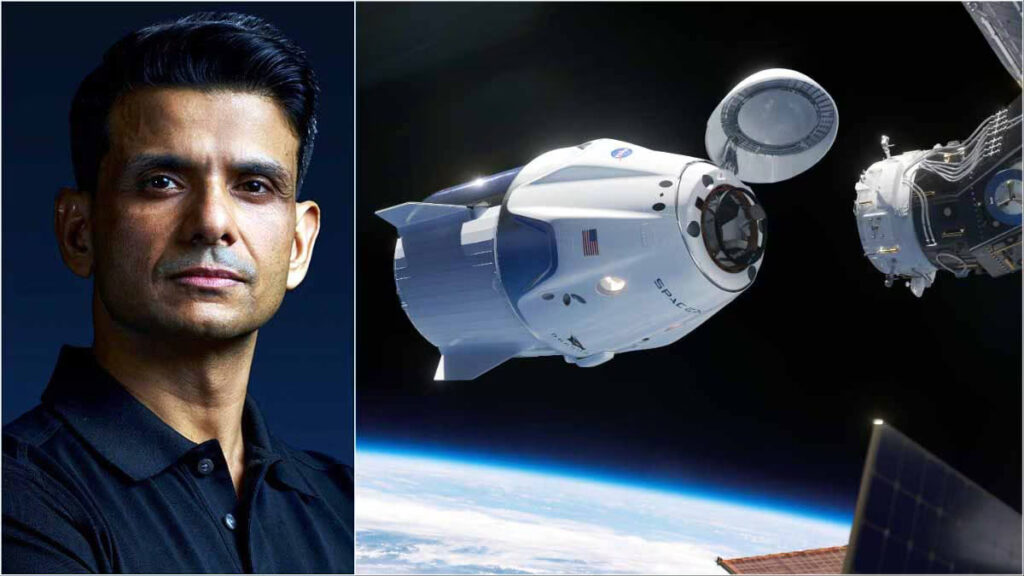
The Experiments Shubhanshu Will Conduct Aboard the ISS
Shubhanshu’s presence on the ISS is far from symbolic. Over 14 days, he and his team will carry out a diverse array of experiments designed to deepen scientific knowledge and pave the way for future human missions into deep space. Key experiments include:
Experiment 1: Testing Six Crop Seeds in Microgravity
Shubhanshu has carried seeds from six different crops to the ISS. The aim is to observe how these seeds germinate and grow under microgravity conditions. The findings could pave the way for growing food during long-duration space missions or even for future off-Earth colonies.
Experiment 2: Studying Microalgae for Space Sustainability
Another significant focus is on microalgae (microalgae strains) brought by Shubhanshu. Scientists hope to explore how algae might be used as a source of food, biofuel, or oxygen generation during extended space missions, where resupply from Earth is limited.
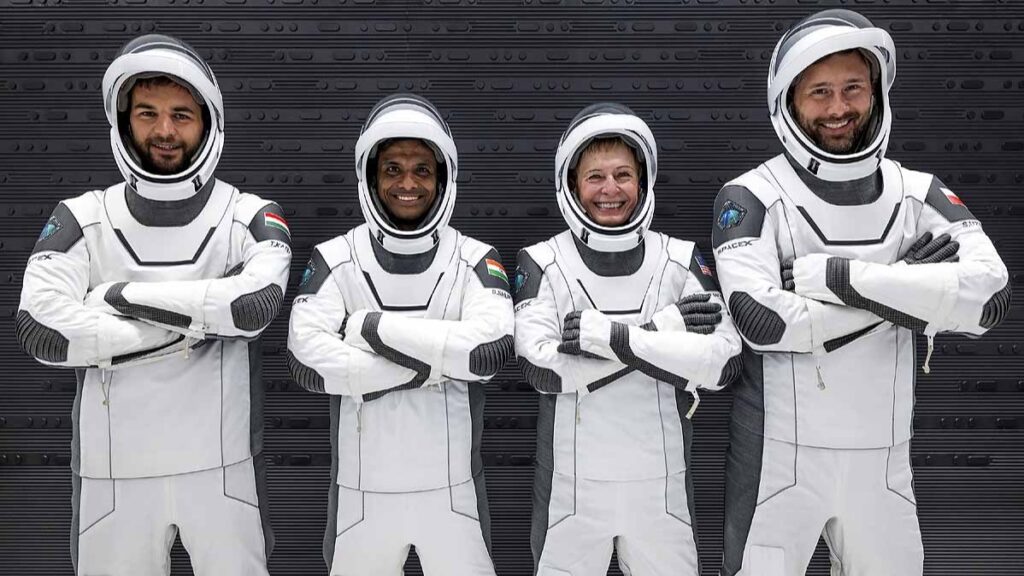
Experiment 3: Survival of Extremophile Organisms
Shubhanshu will conduct research on tardigrades — microscopic creatures known for surviving extreme conditions. The goal is to learn which organisms could endure the harsh environment of space and potentially support future long-duration missions.
Experiment 4: Understanding Muscle Loss in Space
Astronauts often suffer from muscle atrophy due to the absence of gravity. Shubhanshu will participate in studies analyzing how human muscles degrade in microgravity and assess the effectiveness of nutritional supplements in mitigating this loss.
Experiment 5: Impact on Astronauts’ Vision
A separate experiment will investigate how microgravity affects eye movement and pupil response. Researchers are keen to determine whether spaceflight leads to long-term vision changes and how stress or alertness levels might fluctuate as a result.
Experiment 6: Nutritional Quality of Sprouted Crops
Some of the seeds carried to space will be germinated during the mission, and their nutritional profiles will be analyzed. This data will help scientists compare nutrient levels between crops grown in space and those grown on Earth, potentially reducing the supply burden for future astronauts.
Experiment 7: Using Cyanobacteria to Produce Food and Oxygen
One of Shubhanshu’s most technically demanding experiments involves testing whether cyanobacteria can be grown in space using urea and nitrates. The aim is to see if these microorganisms could produce both food and oxygen in microgravity, a breakthrough that could dramatically enhance sustainability on long-term missions.
Experiment 8: Monitoring Blood Sugar Levels in Space
In addition to scientific experiments, Shubhanshu’s mission includes monitoring how microgravity affects blood sugar levels. This research could have implications for managing health risks like diabetes among astronauts on long-term missions.
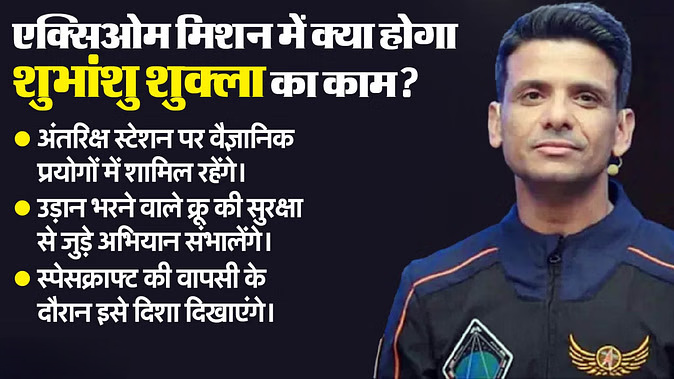
A Taste of India in Space: Testing Indian Space Food
Traditionally, NASA provides freeze-dried, pre-packaged meals for astronauts aboard the ISS. However, Indian dishes have not been part of the ISS menu — until now.
Thanks to years of research by the Indian Space Research Organisation (ISRO) and the Defence Research and Development Organisation (DRDO), India has developed space-friendly food options. Initially, Shubhanshu was not permitted to carry these spicy dishes due to concerns about their suitability for space consumption. Eventually, approval was granted, allowing him to bring Indian cuisine to the ISS.
The mission will test not only the safety and taste of Indian food in space but also its potential inclusion in India’s Gaganyaan human spaceflight mission, scheduled for 2027. As Shubhanshu is likely to participate in that mission, his feedback will be invaluable in shaping India’s first indigenous astronaut meals.
A Secret Companion—and a Soft Toy “Joy”
While much of what Shubhanshu brought aboard remains classified, one whimsical companion did make headlines: a soft toy goose named “Joy.” Sent as a zero-gravity indicator, the toy began floating as soon as the spacecraft reached orbit, visually confirming the transition to weightlessness. Joy will also return with the crew, signaling re-entry into Earth’s gravitational field when it stops floating.
Connecting with the Next Generation
While on the ISS, Shubhanshu will engage in interactive sessions with Indian students, sharing his experiences of life and work in space. ISRO hopes these sessions will inspire young Indians to pursue careers in science, engineering, and space exploration.
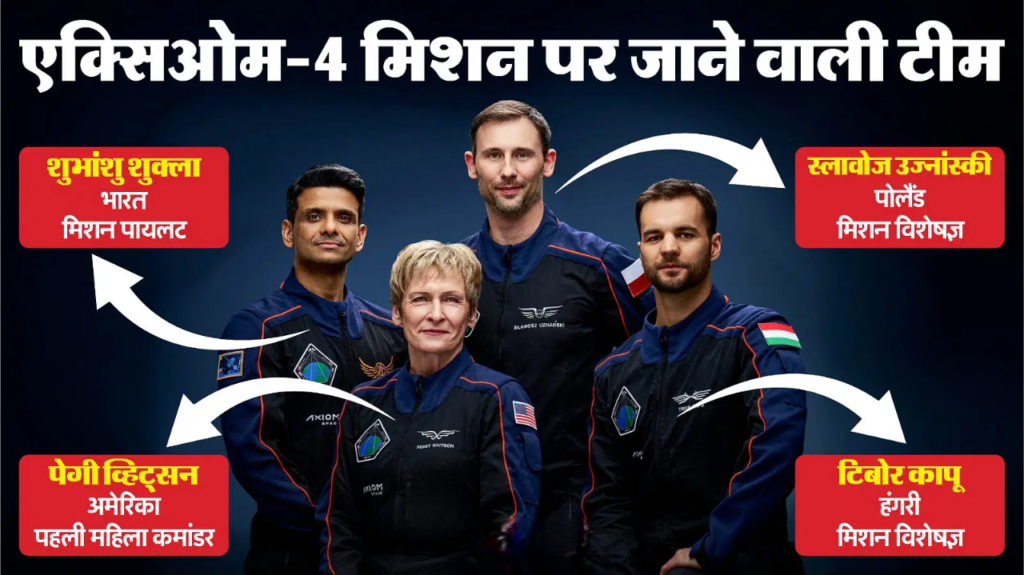
How Will This Benefit India’s Gaganyaan Mission?
The experiments and experiences Shubhanshu gains during the Axiom-4 mission directly feed into India’s human spaceflight ambitions. Data on food, health, sustainable life-support systems, and human performance in microgravity will help ISRO fine-tune plans for Gaganyaan.
Moreover, Shubhanshu’s familiarity with international spaceflight procedures and operations will be invaluable when India launches its own astronauts into orbit.
As the world watches Axiom-4 unfold, India’s growing presence in human spaceflight takes a giant leap forward — with Group Captain Shubhanshu Shukla at the forefront.

